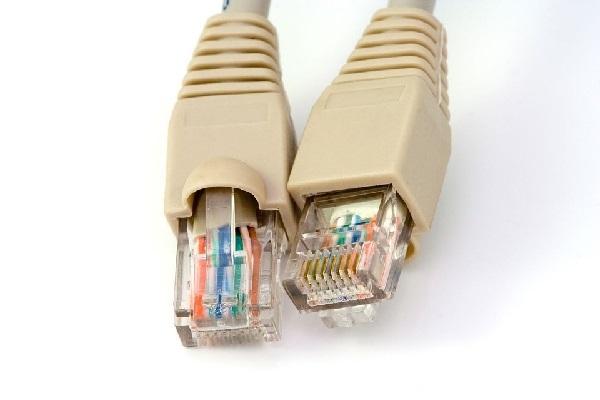The Federal Communications Commission (FCC) issued a report concluding more regulation is needed to increase the spread of broadband Internet access in the nation.
FCC’s annual “Broadband Progress Report,” published in February, claims service providers are failing to upgrade the quality and speed of consumers’ broadband Internet access, creating a “digital divide” that leaves 17 percent of the population with low-quality access to the Internet.
In the report, FCC also includes a set of new definitions and standards the agency plans to enact to solve the problems the report identifies.
Tom Struble, policy counsel for TechFreedom, a nonpartisan public policy think tank focusing on digital issues, says the annual report was supposed to guide lawmakers’ policy decisions, not make policy.
“The FCC’s Section 706 report is a farce,” Struble said. “Section 706, [which was] enacted as one of the ‘miscellaneous’ provisions of the 1996 Telecom Act and not inserted into the Communications Act, unlike its neighboring provisions, was only ever intended to be a policy statement and a barometer for Congress in deciding whether further legislation was needed to update communications laws for the digital age.”
Changing Strategies
Struble says FCC was bruised by its loss in Comcast Corporation v. FCC, a 2010 lawsuit over the agency’s authority to restrict how private Internet service providers may set acceptable use policies for subscribers.
“It was not until 2010, when the FCC, grasping for straws in its effort to recover from the defeat in Comcast and [in an effort to] find authority to support new net neutrality regulations, decided to reinterpret Section 706 as an independent grant of regulatory authority, contrary to what the agency had said in 1998, shortly after the 1996 act had passed,” Struble said. “After that, the FCC has consistently come back with a ‘negative’ Section 706 finding, thus triggering its authority to impose new regulations that ‘promote competition’ and ‘remove barriers’ to broadband deployment.”
Shifting the Goalposts
Katie McAuliffe, executive director of Digital Liberty, a non-profit organization advocating policies for a consumer-driven technology and media market, says FCC often changes definitions and measurements to justify continual intervention in the market.
“In 2012, the FCC defined ‘broadband’ as 4 megabytes per second, even though providers were typically providing upwards of 6 megabytes per second,” McAuliffe said. “Providers have continued to increase the speed of our connections. Today, many Americans have access to 25 and 75 megabytes per second. Many wireline providers are introducing one gigabyte speeds.
“The FCC keeps upping its definition of broadband or what equals an acceptable connection speed to justify the commission’s regulatory agenda,” McAuliffe said. “As long as they claim there is not enough competition in the market, they can intervene by promoting public utility versions of broadband, which will actually distort the market and create a market failure.”
D. Brady Nelson ([email protected]) writes from Washington, DC.





